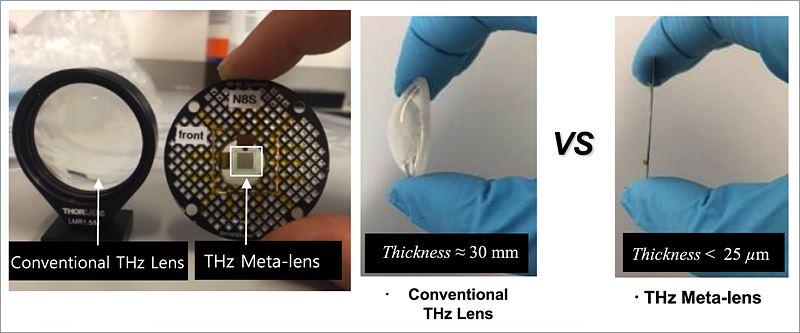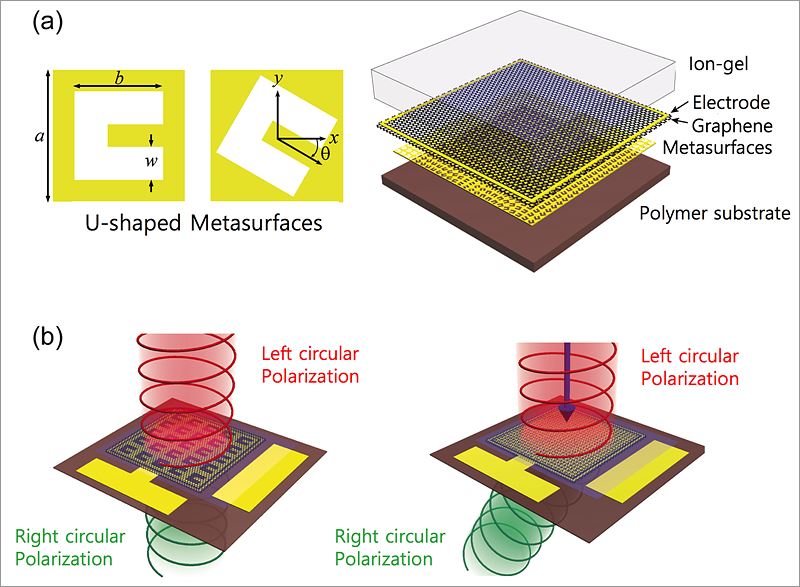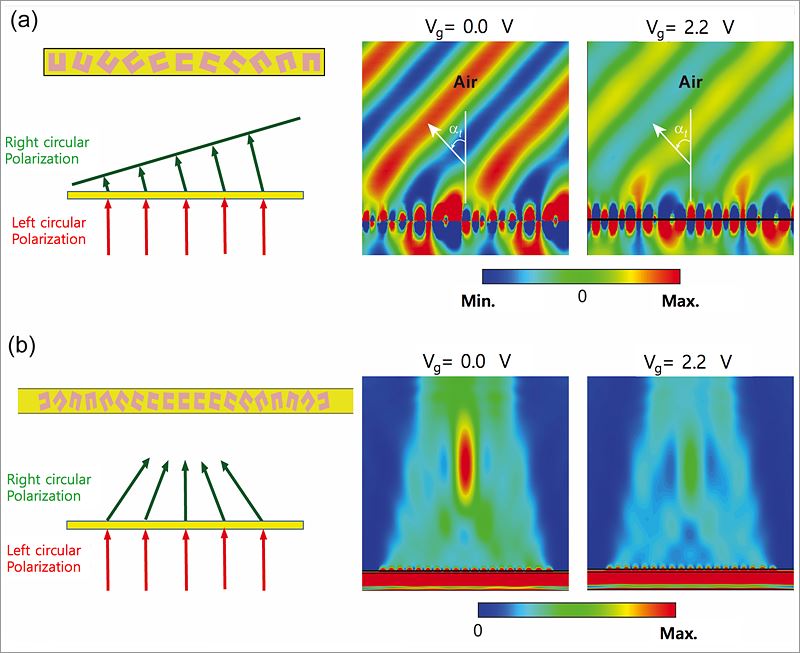주메뉴
- About IBS 연구원소개
-
Research Centers
연구단소개
- Research Outcomes
- Mathematics
- Physics
- Center for Underground Physics
- Center for Theoretical Physics of the Universe (Particle Theory and Cosmology Group)
- Center for Theoretical Physics of the Universe (Cosmology, Gravity and Astroparticle Physics Group)
- Dark Matter Axion Group
- Center for Artificial Low Dimensional Electronic Systems
- Center for Theoretical Physics of Complex Systems
- Center for Quantum Nanoscience
- Center for Exotic Nuclear Studies
- Center for Van der Waals Quantum Solids
- Center for Relativistic Laser Science
- Chemistry
- Life Sciences
- Earth Science
- Interdisciplinary
- Center for Neuroscience Imaging Research (Neuro Technology Group)
- Center for Neuroscience Imaging Research (Cognitive and Computational Neuroscience Group)
- Center for Algorithmic and Robotized Synthesis
- Center for Genome Engineering
- Center for Nanomedicine
- Center for Biomolecular and Cellular Structure
- Center for 2D Quantum Heterostructures
- Institutes
- Korea Virus Research Institute
- News Center 뉴스 센터
- Career 인재초빙
- Living in Korea IBS School-UST
- IBS School 윤리경영


주메뉴
- About IBS
-
Research Centers
- Research Outcomes
- Mathematics
- Physics
- Center for Underground Physics
- Center for Theoretical Physics of the Universe (Particle Theory and Cosmology Group)
- Center for Theoretical Physics of the Universe (Cosmology, Gravity and Astroparticle Physics Group)
- Dark Matter Axion Group
- Center for Artificial Low Dimensional Electronic Systems
- Center for Theoretical Physics of Complex Systems
- Center for Quantum Nanoscience
- Center for Exotic Nuclear Studies
- Center for Van der Waals Quantum Solids
- Center for Relativistic Laser Science
- Chemistry
- Life Sciences
- Earth Science
- Interdisciplinary
- Center for Neuroscience Imaging Research (Neuro Technology Group)
- Center for Neuroscience Imaging Research (Cognitive and Computational Neuroscience Group)
- Center for Algorithmic and Robotized Synthesis
- Center for Genome Engineering
- Center for Nanomedicine
- Center for Biomolecular and Cellular Structure
- Center for 2D Quantum Heterostructures
- Institutes
- Korea Virus Research Institute
- News Center
- Career
- Living in Korea
- IBS School
News Center
| Title | Ultrathin and Flat Graphene Metalenses Gain More Properties | ||
|---|---|---|---|
| Embargo date | 2017-11-27 12:00 | Hits | 3406 |
| Research Center |
Center for Integrated Nanostructure Physics |
||
| Press release | |||
| att. | |||
Ultrathin and Flat Graphene Metalenses Gain More Properties- Lenses made of graphene and precisely pierced gold sheets are able to concentrate terahertz beams to a spot, flip its polarization and modulate its intensity - On the quest for miniaturization, scientists at the Center for Integrated Nanostructure Physics, within the Institute for Basic Science (IBS, South Korea), in collaboration with researchers from the University of Birmingham and the Korea Advanced Institute of Science and Technology (KAIST), develop credit card-thick, flat lenses with tunable features. These optical devices, made of graphene and a punctured gold surface, could become optical components for advanced applications, such as amplitude tunable lenses, lasers (i.e. vortex phase plates), and dynamic holography. Metasurfaces are new 2D materials that can effectively control the electric and magnetic components of light (and other electromagnetic waves) and bend them to bespoken directions. Controlling the beam’s direction can bring out interesting phenomena; the most incredible being the “invisibility cloak effect”, where light waves bypass an object recreating the image beyond the object, as flowing water in a river would bypass a stone.
Published in Advanced Optical Materials, the study presents the properties of a metasurface which works as a convex lens. Specifically, it is made of a gold sheet pierced with micrometer-sized U-shaped holes and covered with graphene. As the shape of common convex lenses allows light to be concentrated on a spot (or focus), think about a magnifying glass which can concentrate a light beam and even start a fire, so the particular pattern of the tiny apertures of the metalenses works by focusing the incoming beam. In addition, these microholes can also change light polarization. While natural light is generally unpolarized before being reflected, the team used circularly polarized waves, that is a light beam where the direction of the electric field is corkscrew spiraling. This metalens can convert the left-circular polarization wave (going counterclockwise if seen straight in front) to right-circular polarization (clockwise). The researchers managed to obtain a conversion rate of 35%. Converting circular polarization could be useful in a number of fields, for example biosensing and telecommunications.
In order to control even more properties, the scientists took advantage of graphene’s unique electronic features and used them to tune the output beam’s intensity or amplitude. Here graphene plays the role of the exposure of a camera. In the case of the camera, a mechanical control allows a certain shutter’s opening time and size to determine the amount of light entering the instrument. These metalenses instead, regulate the exposure via an electric tension applied to the graphene sheet, without the need for bulky components. When voltage is applied to the graphene layer, the output beam becomes weaker. “Using metalenses, you can make microscopes, cameras, and tools used in very sensitive optical measurements, much more compact,” clarifies Teun-Teun Kim, the first author of the study. The metalenses were designed for a type of electromagnetic wave, which falls in-between infrared radiation and microwave radiation, called terahertz radiation. This type of radiation can pass through some materials (like fabrics and plastics), but at a shorter depth than microwave radiation, for this reason it is employed for surveillance and security screening. “While conventional optical lenses have a thickness of several centimeters to several millimeters, this metalens is just a few tens of micrometers thick. The intensity of the focused light can be effectively controlled and it could find useful applications in ultra-small optical instruments,” highlights the scientists.Teun-Teun Kim, the first author of the study. Letizia Diamante Notes for editors - References - Media Contact - About the Institute for Basic Science (IBS) |
|||
|
|
|||
| Next | |
|---|---|
| before |
- Content Manager
- Communications Team : Kwon Ye Seul 042-878-8237
- Last Update 2023-11-28 14:20














